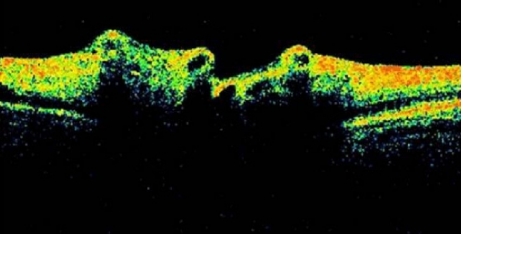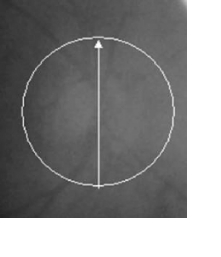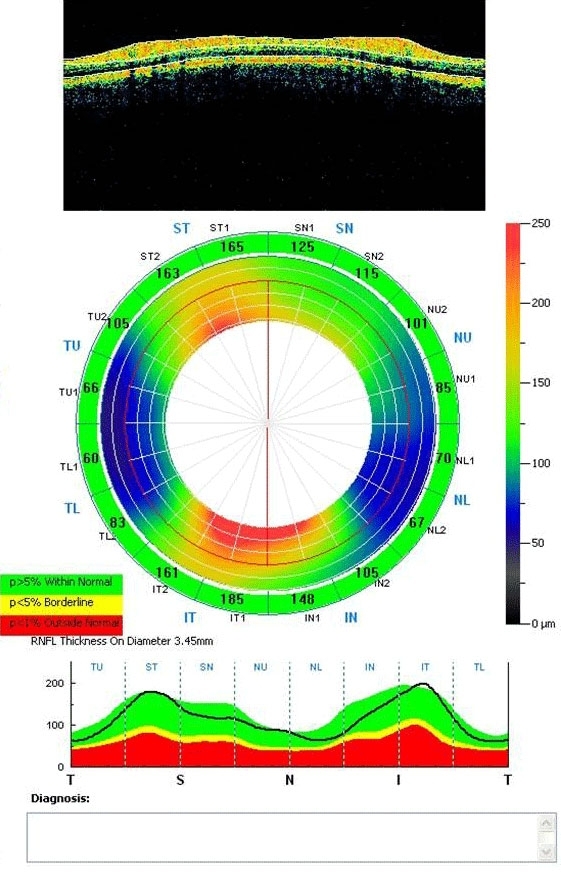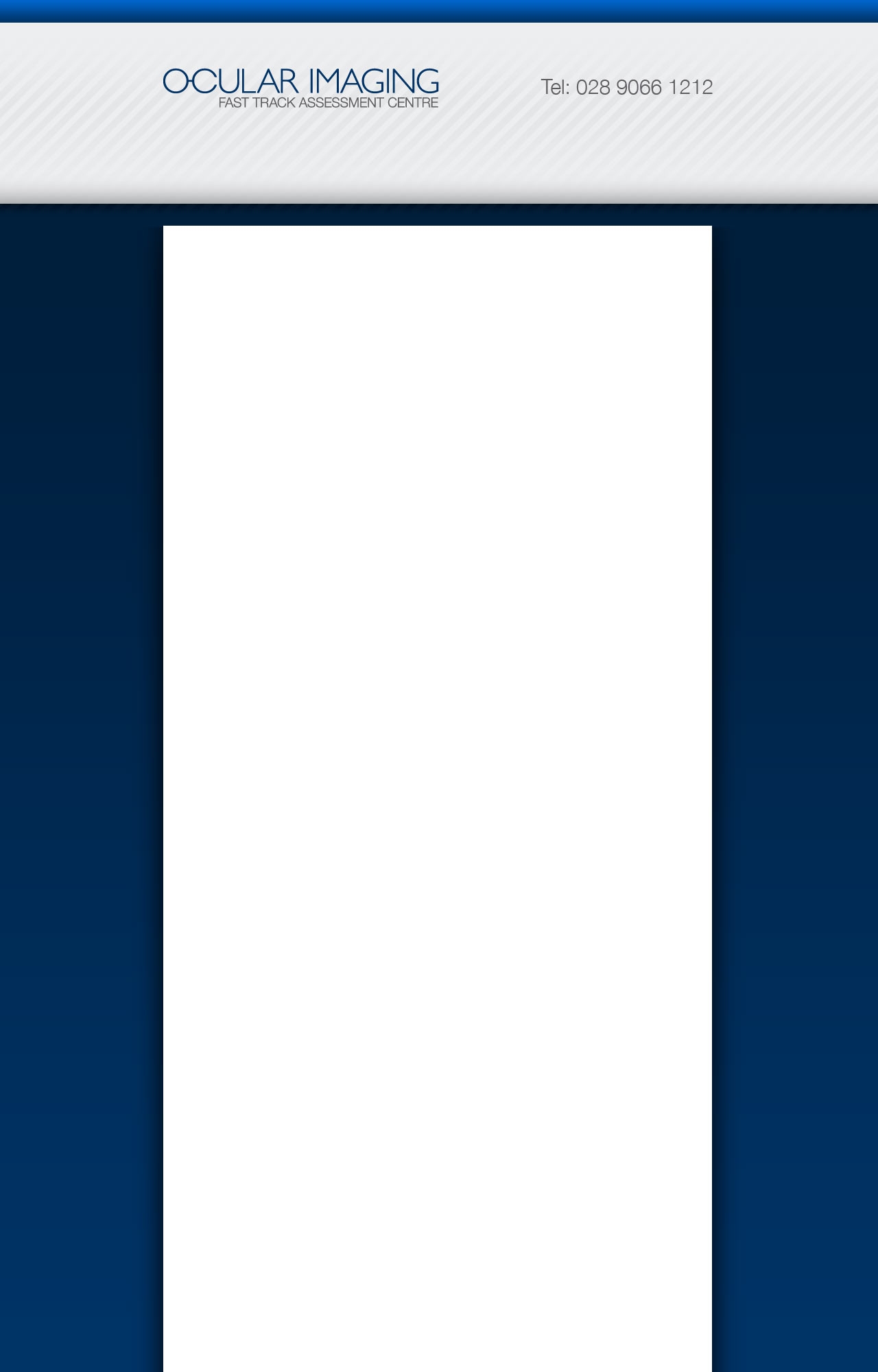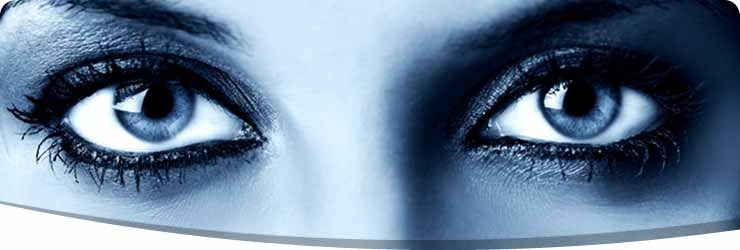Glaucoma is a disease that damages the optic nerve. Most loss of vision from glaucoma is preventable if the disease is treated early enough.
There are three important factors in the diagnosis of glaucoma: intraocular pressure (the pressure inside the eye), the condition of the optic nerve and the patient's visual field.
In the case of open angle glaucoma, pressure builds up slowly over many months or even years. Glaucoma can also occur with normal eye pressure. There is generally no pain, redness or blurred vision, and in the early and middle stages, patients may not realize that they have glaucoma, unless they receive regular eye examinations.
An ophthalmologist can check the condition of the optic nerve, looking for the telltale paleness and indentation that may indicate glaucoma. Once vision is lost due to optic nerve damage, it cannot be restored: current glaucoma treatments aim to stop or slow further loss of vision by reducing pressure.
Typical early vision loss caused by glaucoma begins in the side, or peripheral vision. A large amount of side vision can be lost before the patient notices, and by this stage, the glaucoma may be very advanced, and it may be difficult to prevent further vision loss. A careful visual field examination, though rather time consuming, may well identify loss of peripheral vision before the patient notices, allowing early treatment of the glaucoma.
Glaucoma means damage to the optic nerve in the back of the eye which sends the signals to the brain related to the sense of sight. This interrupts the sense of sight and leads to an irreversible loss of vision. This can be due to a number of mechanisms. The most widely accepted is elevation of the pressure within the eye, which directly damages the nerve. There is a second theory that insufficient blood supply to the optic nerve may also cause damage. The various mechanisms that contribute to glaucoma are still not clearly understood and are being actively investigated. Currently, the only treatment available to prevent further loss of vision from glaucoma is the lowering of the pressure within the eye. This can be achieved by several methods. These include: medical treatment, laser treatment, and surgical treatment.
There are two primary types of glaucoma, open-angle and angle-closure. The first is by far the most common and is either inherited or develops with age. The patient rarely notices the symptoms with open-angle glaucoma until relatively advanced stages of the disease. Unfortunately, by this point in the disease a patient may have irreplaceably lost a large portion of their visual field. Early detection and appropriate treatment are the best means in preventing loss of vision from glaucoma. This can be accomplished by a complete medical eye examination to include a glaucoma check by determining the pressure within the eye and observing the optic nerve.
The second form of glaucoma, angle-closure, can be due to many different causes. The most common cause being due to a buildup of fluid behind the iris resulting in a sudden blockage of the drainage system in the front part of the eye. This can cause a rapid rise in eye pressure, producing dramatic symptoms in the patient. They may develop a severe headache on the side of the involved eye, halos around lights, and nausea and vomiting. The eye will usually get quite red and this form of glaucoma has been mistaken for conjunctivitis. This form of glaucoma needs prompt medical attention in order to save as much sight as possible in the affected eye. The exact treatment may depend on the primary cause of the blocked drainage system. A laser surgical procedure is frequently required to restore the normal fluid drainage from the eye.
Using OCT technology we can create a contour map of the optic nerve, optic cup and measure the retinal nerve fiber thickness. Over time it can detect loss of optic nerve fibers.
